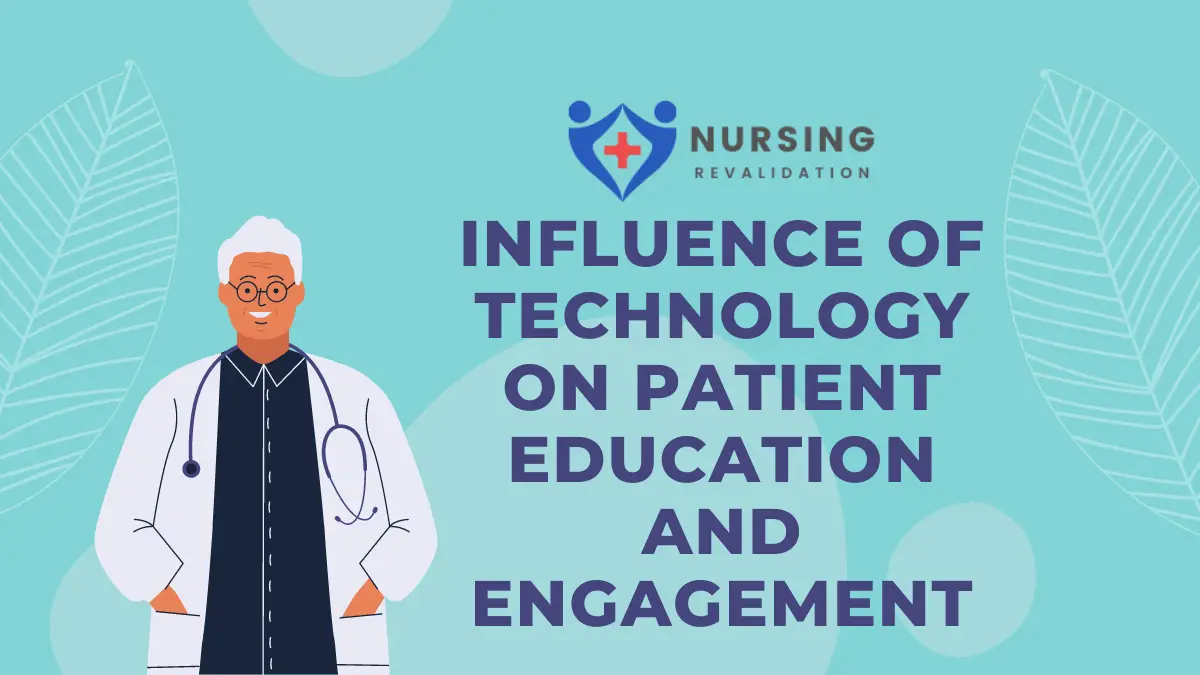In the fast-paced realm of healthcare, technology stands as a game-changer, revolutionizing how patients receive information and engage with their own health management. The fusion of healthcare and technology has paved the way for more informed patients, empowered to take control of their well-being like never before. This article delves into the profound impact of technology on patient education and engagement, exploring its myriad benefits and implications for healthcare providers and patients alike.
Understanding Patient Education in the Digital Age
Incorporating Technology into Patient Education Strategies
In the digital age, patient education transcends traditional pamphlets and brochures. Healthcare providers now harness various technological tools to disseminate information effectively. From interactive websites and mobile applications to virtual reality (VR) simulations and telehealth platforms, technology offers diverse channels for delivering educational content. These mediums not only enhance accessibility but also cater to different learning styles, ensuring information retention and comprehension among patients.
Customization and Personalization
Technology enables healthcare providers to tailor educational materials to individual patient needs. Through electronic health records (EHRs) and patient portals, clinicians can deliver personalized educational content based on patients’ medical history, demographics, and health goals. Moreover, machine learning algorithms can analyze patient data to recommend relevant educational resources, fostering a more personalized healthcare experience.
Table: The Evolution of Patient Education Tools
| Traditional Patient Education Methods | Digital Patient Education Tools |
|---|---|
| Printed pamphlets and brochures | Interactive websites and mobile applications |
| In-person seminars and workshops | Telehealth platforms and virtual reality (VR) simulations |
| Generic educational materials | Personalized content based on patient data |
| Limited accessibility | Seamless communication and remote monitoring |
| Passive learning experiences | Active engagement and self-management tools |
Enhancing Patient Engagement through Technology
Interactive Communication Platforms
Technology facilitates seamless communication between patients and healthcare providers, fostering a collaborative approach to healthcare management. Patient portals, secure messaging systems, and telemedicine platforms enable patients to reach out to their providers conveniently, whether for clarifying treatment instructions, seeking medical advice, or scheduling appointments. This real-time interaction promotes patient engagement and satisfaction while reducing the likelihood of misunderstandings or non-adherence to treatment plans.
Remote Monitoring and Wearable Devices
The integration of wearable devices and remote monitoring technologies empowers patients to actively monitor their health outside clinical settings. From fitness trackers and smartwatches to glucometers and blood pressure monitors, these devices capture real-time health data, providing patients with valuable insights into their physiological parameters. Healthcare providers can leverage this data to assess patient progress, intervene proactively, and adjust treatment plans as needed, thereby promoting patient engagement and accountability in self-care.
The Impact of Technology on Patient Empowerment
Informed Decision-Making
Technology equips patients with access to a wealth of medical information, enabling them to make informed decisions about their healthcare. Online resources, reputable health websites, and patient forums empower individuals to research their conditions, explore treatment options, and engage in meaningful discussions with healthcare professionals. This democratization of health information shifts the dynamics of patient-provider relationships, fostering a collaborative partnership grounded in mutual respect and shared decision-making.
Self-Management and Adherence
Through educational resources and digital tools, technology empowers patients to take an active role in managing their health conditions. From medication reminders and symptom trackers to dietary apps and exercise programs, patients can adopt self-management strategies that align with their lifestyle and preferences. By fostering self-efficacy and autonomy, technology enhances patient adherence to treatment regimens, leading to improved health outcomes and reduced healthcare costs in the long run.
Challenges and Considerations
Digital Divide and Health Disparities
Despite its transformative potential, technology adoption in healthcare is not without challenges. The digital divide, characterized by disparities in access to and utilization of technology, poses barriers to equitable healthcare delivery. Socioeconomic factors, geographical location, and technological literacy influence patients’ ability to leverage digital health tools effectively. Addressing these disparities requires targeted interventions, such as community outreach programs, digital literacy initiatives, and subsidized access to technology, to ensure inclusivity and accessibility for all patients.
Privacy and Data Security Concerns
The widespread adoption of technology in healthcare raises concerns about patient privacy and data security. With the proliferation of electronic health records and interconnected devices, safeguarding sensitive health information becomes paramount. Healthcare organizations must adhere to stringent data protection regulations, such as the Health Insurance Portability and Accountability Act (HIPAA), to safeguard patient confidentiality and prevent unauthorized access or breaches. Implementing robust encryption protocols, access controls, and regular security audits can mitigate the risks associated with digital health technologies.
Conclusion
In conclusion, technology serves as a catalyst for transforming patient education and engagement in healthcare. By leveraging digital tools and platforms, healthcare providers can deliver personalized educational content, foster interactive communication, and empower patients to take charge of their health. However, realizing the full potential of technology in healthcare requires addressing challenges such as the digital divide and privacy concerns. As technology continues to evolve, its integration into patient education and engagement strategies holds promise for creating a more patient-centered and equitable healthcare landscape.


